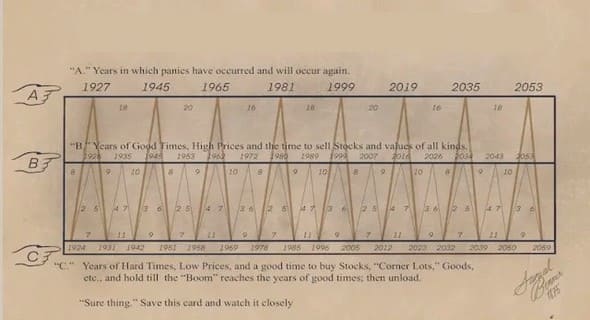(Downloads - 0)
For more info about our services contact : help@bestpfe.com
Table of contents
1.1 Introduction to terahertz
1.2 Application of terahertz imaging
1.3 Classical terahertz microscopy: ‘T-ray imaging’
1.4 Sub-wavelength terahertz microscopy
1.4.1 Limitations of sub-wavelength Terahertz microscopy
1.4.2 Different sub-wavelength terahertz microscopy techniques
1.5 Thesis Objectives and Primary Results
1.5.1 Primary Results of ORTI technique
1.5.2 Objectives
2.1 Generation of terahertz pulses
2.1.1 Optical rectification
2.1.2 Photoconductive (PC) antenna
2.2 Detection of terahertz pulses
2.2.1 Electro-optic sampling
2.2.2 Photoconductive antenna
2.2.3 Intensity measuring detectors
2.3 Terahertz time-domain technique
2.4 Conclusion
3.1 Superconducting detectors
3.2 Kinetic inductance detectors
3.2.1 Kinetic Inductance Detector Properties
3.3 Interest of using KIDs for THz microscopy/imaging
3.4 Results for detection of weak THz –TDS signals using KIDs
3.4.1 Experiment setup
3.5 Conclusion
4.1 Simulation Model
4.1.1 Tapered hole device for THz microscopy
4.2 Experimental Results
4.2.1 Experimental Setup
4.2.2 Imaging with using KIDs
4.3 Conclusion
5.1 Imaging results using the first experimental setup
5.1.1 Imaging with LiNbO3
5.2 Imaging results done by second experimental setup
5.2.1 Imaging the ZnTe slivers
5.2.2 Imaging with PPKTP
5.2.3 Polycrystalline sample
5.3 Performance and limit of ORTI
5.3.1 Correspondence between the recorded image and the actual sample properties
5.3.2 Estimation of the best achievable spatial resolution
5.4 Conclusion
6.1 General conclusion
6.2 Future work
APPENDICES
Appendix A: Horn antenna simulation
Appendix B: THz generation in LGT through optical rectification
BIBLIOGRAPHY
PUBLICATIONS AND CONFERENCES



